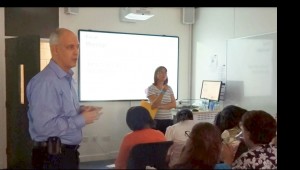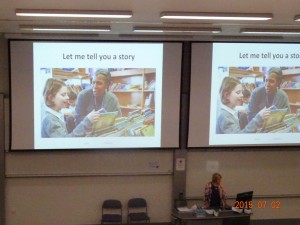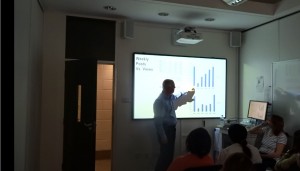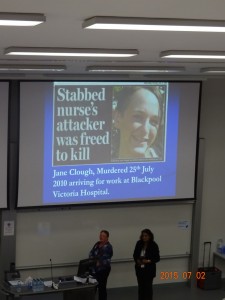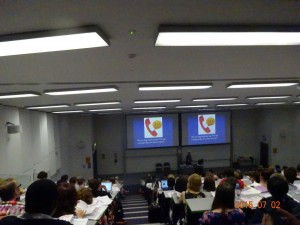Public Health Festival UK
A very preliminary set of outputs from the Introduction to Population Health course
In the next week I will present a overview at International Festival of Public Health UK, (follow https://twitter.com/hashtag/PHFest2015?src=hash and https://twitter.com/hashtag/PHFest2015?src=hash ) about how some indicators can help tutors and managers within a distance learning course analysis.
Although I will show a very preliminary (and even simple) set of outputs, I understand that it can be very helpful to distance learning managers on their review for courses improvement in the future.
These outputs are part of my current research about the use of asynchronous exchanged messages along distance learning courses (Here you can check more details about the studies, and learn more about The Brazilian Public Health System, as well.
Abstract Text: The research called ‘Information and Knowledge Management in Educational Collaborative Activities’ is being developed at the Manchester Business School, with the support of Health Ministry Brazil. It investigates approaches that can be applied in courses in Brazil and United Kingdom. It involves Information and Knowledge Management, Distance Learning, Analytics in the fields of Services, mostly Health and Education.The aim of this work is to show preliminary outcomes from a distance course about Population Health that run in distance in 2014.
Design: One researcher is an experienced on line tutor working for The Health Ministry Brazil for the last 25 years. He participated in a MOOC course provided by Institute of Population Health University of Manchester, and used some indicators for a preliminary reflection.
About the course: An Introduction to Population Health is a MOOC Massive Open Online Course, offered by The University of Manchester, led by Aneez Esmail, a general practitioner and professor from The University of Manchester.
Results: This preliminary analysis spotted out some interests in themes such as: 1. health inequalities;
2. differences between public health and other concepts.
Participants profile indicators showed US had more participants, followed by UK and Canada.Together, BRICS were ranked in second.
Considering the participation along the time, data shows first and last weeks as the most active periods. However, along the course, some differences had been found considering participants posting or just viewing messages.
Results from this preliminary analysis can be considered in the next run, for new courses or even to support policies studies.
Some photos from the event. Presenters and participatns used votation devices to interact.
